Romanians and their traditions in the North East
Romanians make up the second-biggest non-UK nationality in Britain, but what traditions have they brought to the North East?
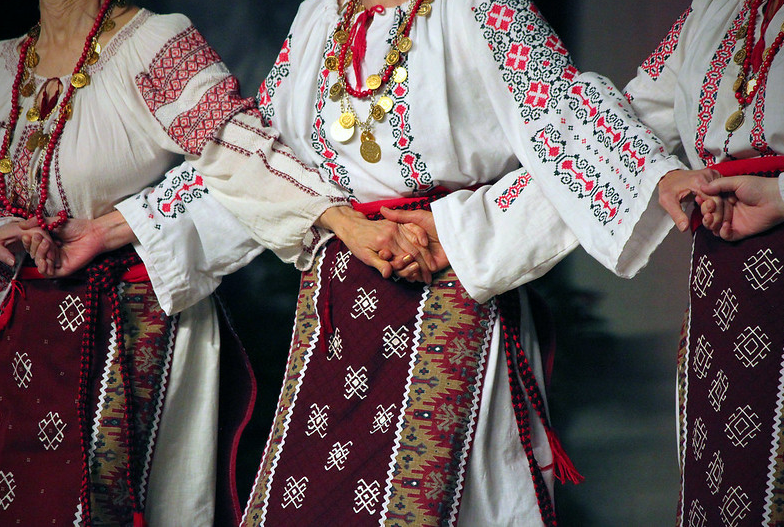
At some point in their lives, most British people will have heard of Romanians in one way or another. Some may have heard of Dracula, others may have heard about them from the national newspapers.
For those who don't know, Romanians make up the second largest group of foreigners in Britain.
In the North East, most of them are young people attending university, or they are working in various fields. Some of them, having lived and worked for a long time in the area, have brought their families to live with them as well.
Here is an infographic showing how the number of Romanians in the UK increased over a period of 5 years.
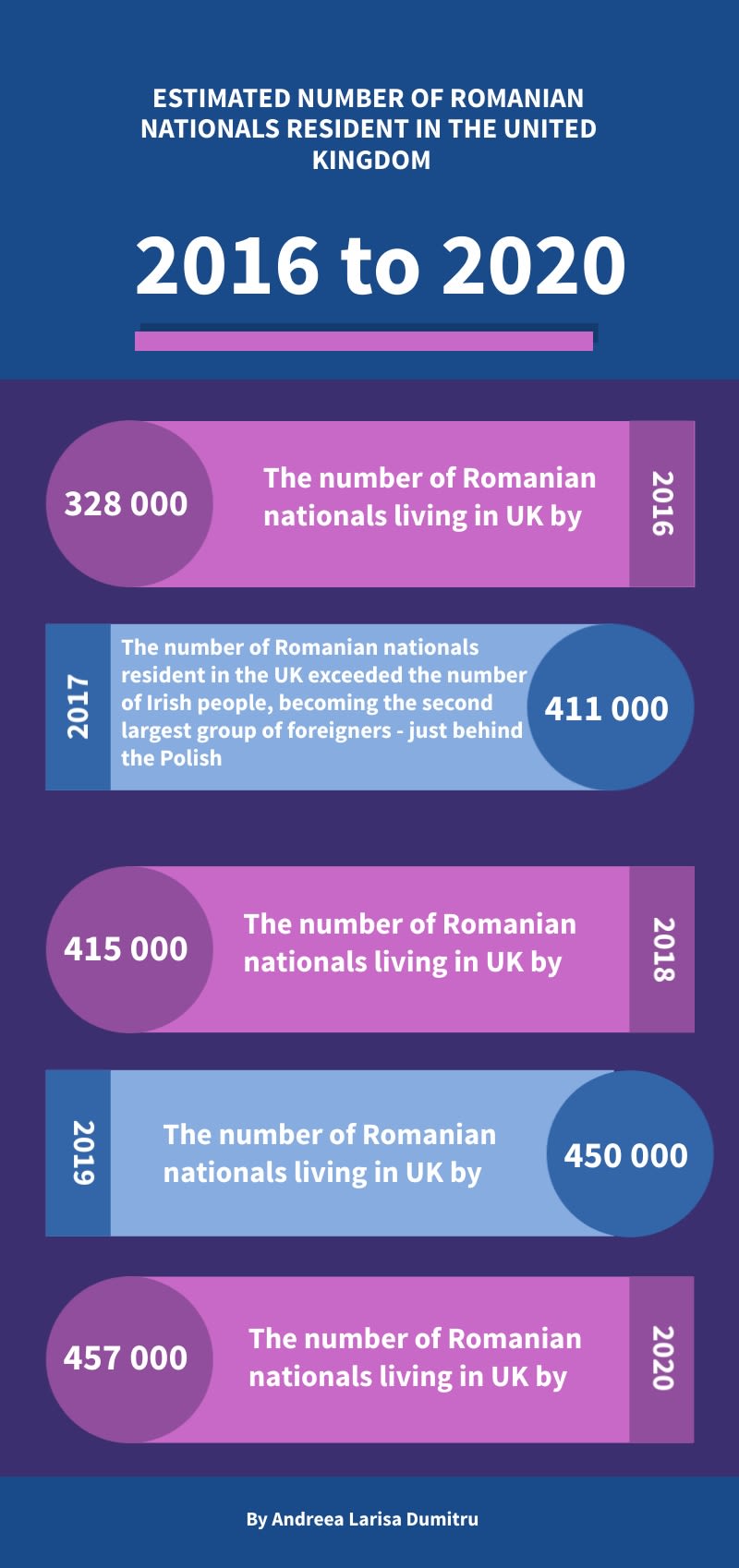
The statistics were provided by www.statista.com
The statistics were provided by www.statista.com
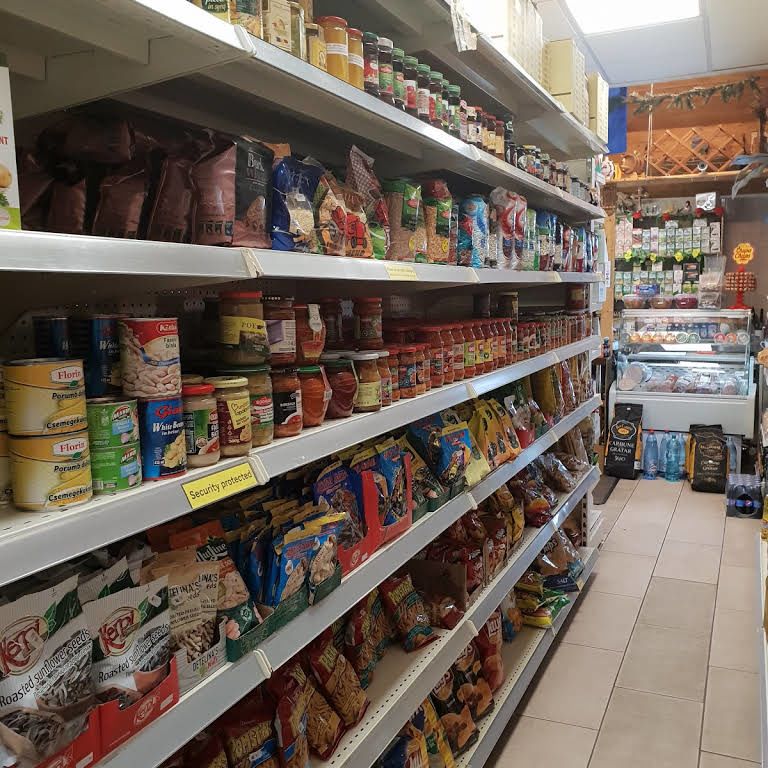
With so many Romanian nationals around, there's no wonder that the demand for Romanian style food and products has increased, in response, a number of Romanian shops and restaurants have opened in North East.
Otilia Margine, the owner of Sunderland Diacom Romanian Shop, said: "This store has been open for one year now, I have another shop like this in Newcastle, and we wanted to come here too, for the Romanians in Sunderland. Because they need it, they can find here all the products that they can't find anywhere else."
She continued: "Not all the products here have English labels, because of this the English are very curious, even if we would have the labels they would still ask "What is this? What do you use it for?"
Romanian food is more varied than the preferences of a certain Wallachian Prince.
Sarmale (cabbage rolls), Mici (small sausages), Mamaliga cu Peste (fish with polenta), Cozonac (festive sweet bread), Papanasi (jam and cream doughnut), are just some of the dishes and desserts you can enjoy while eating at a Romanian restaurant.
Here is a little bit of information about Romania's most famous dishes, for those of you who want to know more about them.
Or, if you are bolder and you like to experience cooking, the Romanian shops full of good quality products are the right place for you to start. One thing is for sure, you can never get bored while trying to find out new Romanian recipes.
To help you begin your journey, here is an interactive map with a selection of Romanian restaurants and shops in the North East.
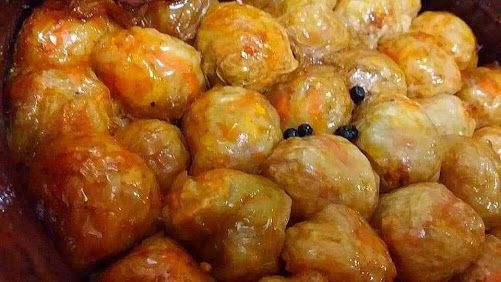
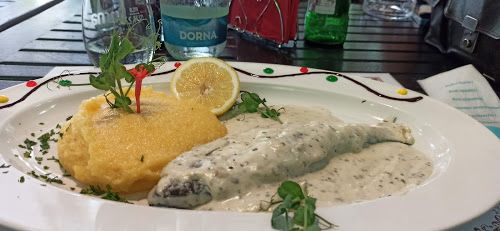
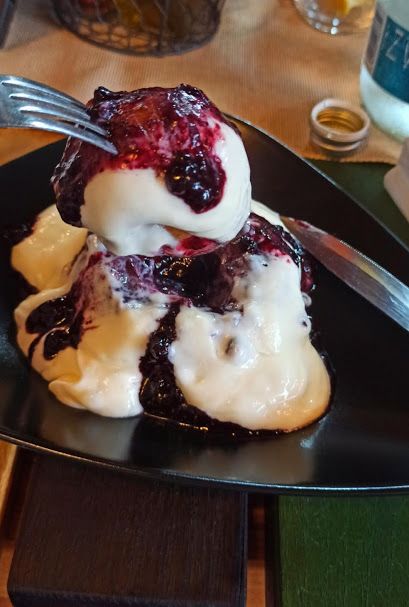
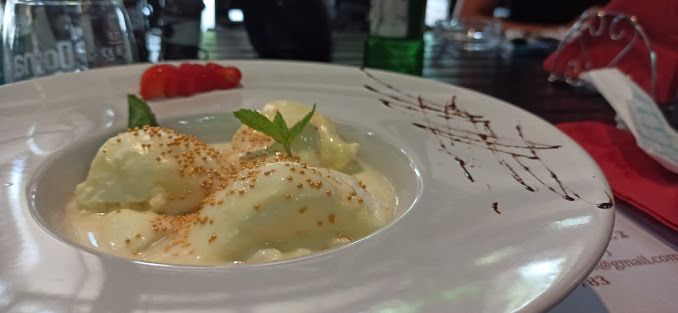
Photos by Andreea Larisa Dumitru
Photos by Andreea Larisa Dumitru
If you want to be more familiar with Romanian shops even before you visit one, here is what it looks like inside one of these establishments. This is a 360 degree photo inside of Sunderland Diacom Shop.
You shouldn't be very surprised to hear that the North East doesn't have a lot in terms of Romanian tradition related activities.
But the lack of public events is compensated in the Eastern Orthodox churches all around the region. You can find one welcoming and friendly church like this in Sunderland.
It's called "Saint Nicholas" Romanian Orthodox Parish " and it is established in the place of a former Roman-Catholic church. The beautifully decorated place looks exactly like a church in Romania.
Gheorghe Andrisescu, Romanian Orthodox priest in Sunderland, said: "I was a priest for 18 years in Romania, where I built three churches together with the members of the parish. My wife received a work contract in England, she left first and I was coming sometimes to visit her.
After some time we've met some Romanians here, this was approximately five and a half years ago. The Romanians in this community had another priest, but he left, they needed one here and they asked me if I wanted to remain. I asked for a blessing from the hierarch to stop the activity in Romania, at first it was for a year. Then I decided to remain."
The beginning, he says, was hard, he started in a library room, and then he had to move. For four years he struggled to hold the religious service in a room, on the second floor of a Methodist church. But he kept his strong faith, and he finally received a proper place for rent from the Roman-Catholic church.
Here is a video of a Sunday Service held in this church.
The priest also said: "I am a missionary priest here. The Catholics were very generous to us, to give us this place, in the beginning, it was empty, with the help of the faithful and beautiful people of the community we made it look like it is today."
He continued: "There used to be so many people attending the service, English, Indians, even Rasta. We are very open and friendly to everyone, regardless of their religion or nationality. After the lockdown, we started transmitting it live on Facebook.
We want to be even more united, more faithful, and more generous. We did many charitable activities, we have sent already a lot of food, clothes, toys, and two laptops to the poor children and families in Romania. It's so important to do these things.
In this church, we are keeping the tradition of sharing, but we are also singing Romanian Carols, for us, Christmas means the family being together and the birth of Jesus. Our traditional songs are like the Gospel, these are the things that keep us together. All the beauty of the Romanian culture is in the traditions that we have."
This is how Romanian Christmas Carols sound
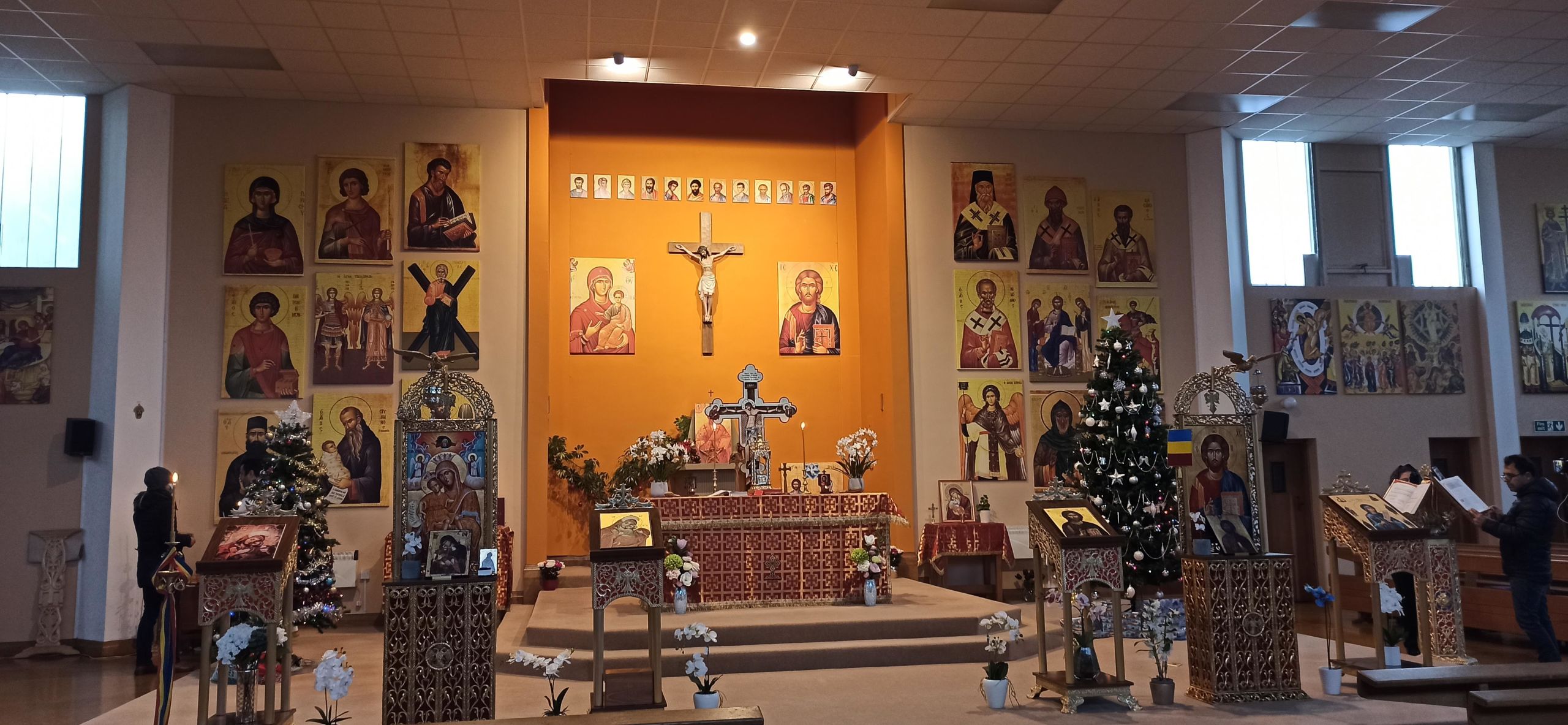
Probably the most loved Romanian dessert and the one that is never missing from the festive dinner is the Cozonac (sweet bread). Its smell is often associated with our mothers' hug and with the warmth of our homes. In a word, Cozonac feels like love.
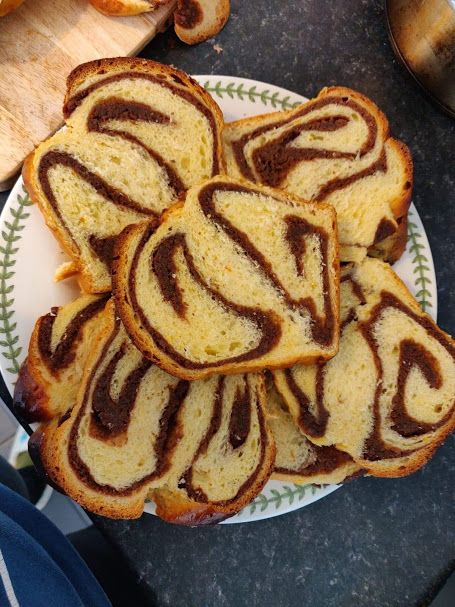
Photo by Milena Alexandra Sofronia
Photo by Milena Alexandra Sofronia
Milena Alexandra Sofronia, who lives in Wallsend and prepares the festive sweet bread, said: "I started learning how to prepare and bake Cozonac because I was missing home, and I learned on video-calls with my mother. So far I prepared them for the people I know and for the church. I bake strictly because I love to do it, and not really for money."
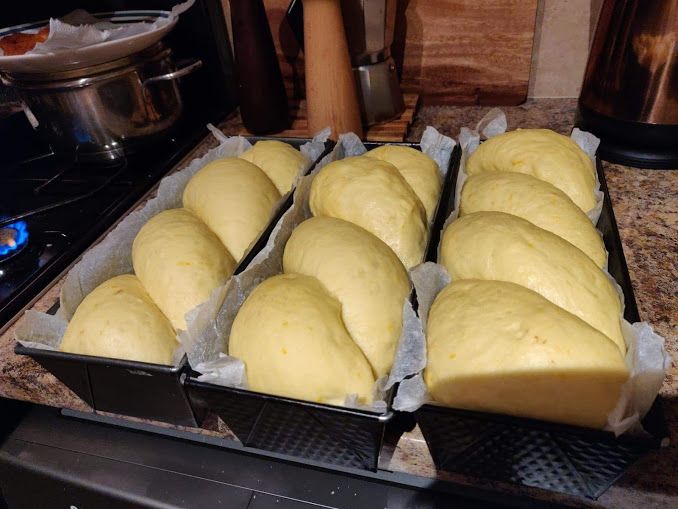
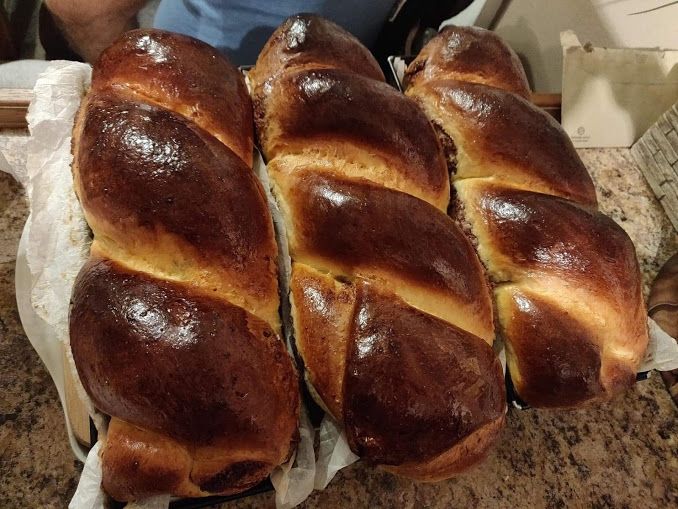
When it comes to the Romanian folk costume, there is a piece of it that has gained fame all around the world. We are talking about the traditional "Ie", also called the embroidered blouse. Many celebrities wear it and designers such as Yves Saint Laurent and Tom Ford were inspired by this blouse for some of their fashion collections.
Originally worn by peasants, the folk costume and the "Ie" became a highly valued piece of clothing in the Interwar period when Queen Mary of Romania started to wear it as a symbol of respect for the Romanian culture.
They are often created manually and they are all unique. The embroideries are different from one blouse to another.
Here is a little bit of information about different styles of the Romanian traditional blouse according to the regions they come from. All the photos used in this interactive image were offered by Milena Alexandra Sofronia.
Milena Alexandra Sofronia said: "I have a collection of Romanian blouses and other pieces of the folk costume, I started to get closer to our tradition here in England, because I was homesick and I began to appreciate more our country and our culture."
She continued: "I try to promote our culture here as well, because I see it as a treasure that we should keep and be proud of. I wear "Ie" very often when I go out.
I saw many people around here dressed in our folk clothes, maybe not the full costume but most of them wear the blouse. I was very happy to meet an English lady who said she has a Romanian "Ie" too, she also bought it from there."
Here is an interactive image with the components of the Romanian National Costume. Photo by Milena Alexandra Sofronia.
Romanian traditions are all over the place, and if you are passionate enough to search, you can find a lot of them in North East England as well.
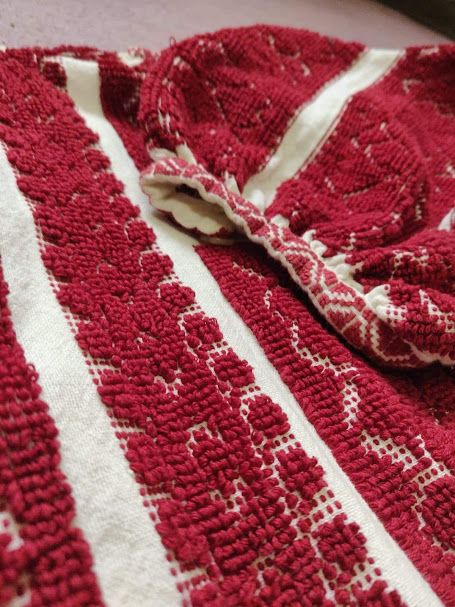
Photo by Milena Alexandra Sofronia
Photo by Milena Alexandra Sofronia
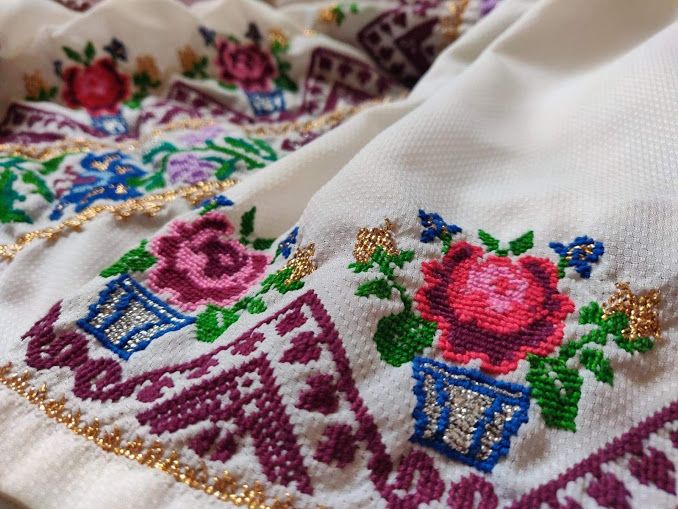
Photo by Milena Alexandra Sofronia
Photo by Milena Alexandra Sofronia
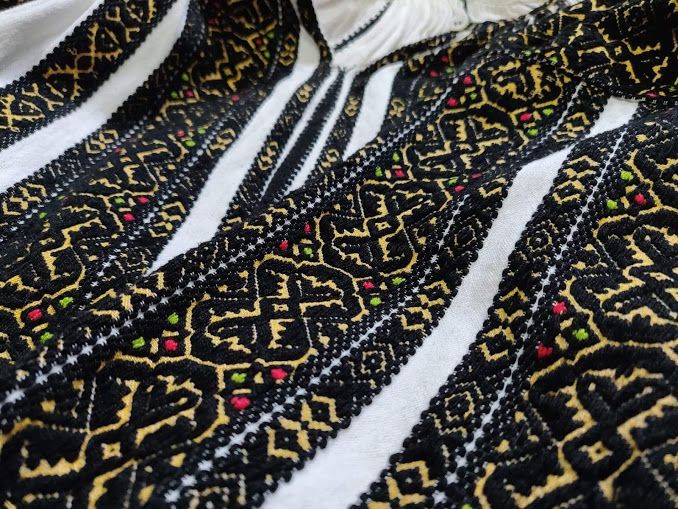
Photo by Milena Alexandra Sofronia
Photo by Milena Alexandra Sofronia
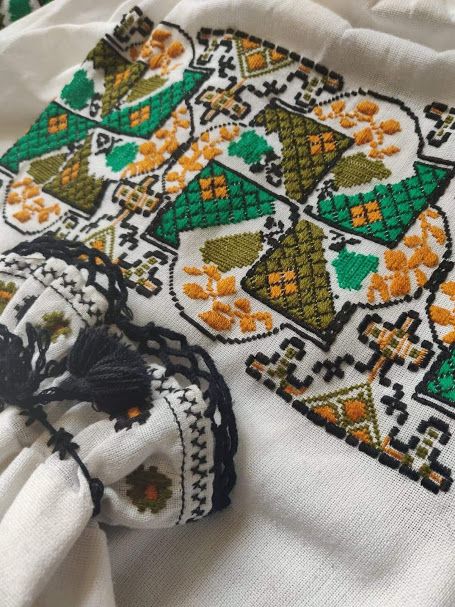
Photo by Milena Alexandra Sofronia
Photo by Milena Alexandra Sofronia
